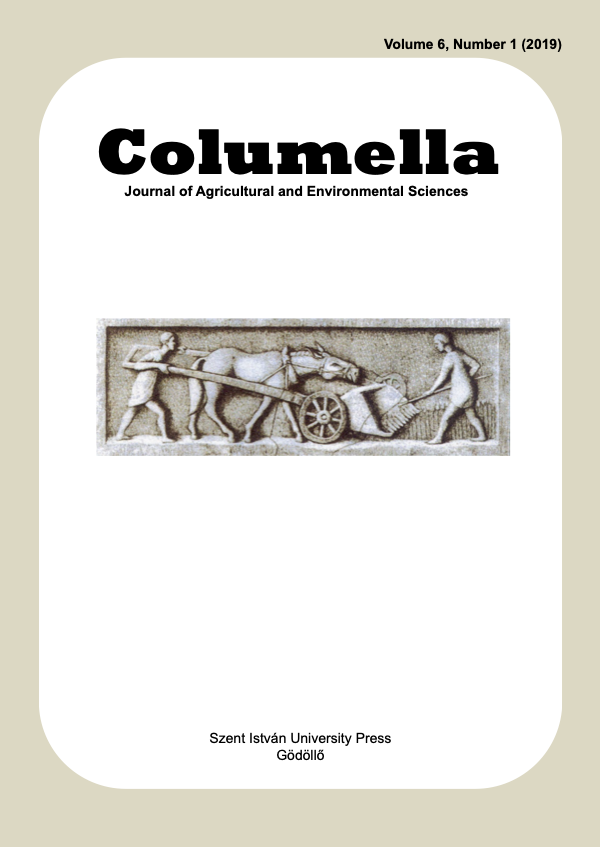The role of GIGANTEA in flowering and abiotic stress adaptation in plants
DOI:
https://doi.org/10.18380/SZIE.COLUM.2019.6.1.7Keywords:
GIGANTEA, flowering time regulation, circadian clock control, GI orthologs, abiotic stress adaptationAbstract
GIGANTEA (GI) is a clock-regulated, nuclear-localised plant protein. It invaluably contributes as a core element with pleiotropic functions in the cardinal plant physiological pathways including flowering time regulation, circadian clock control, abiotic stress tolerance, and miRNA processing. This review aims to highlight the importance of GI and elucidate on the participatory mechanism it follows to regulate plant responses. An attempt is made to concisely present the pivotal functions of GI in Arabidopsis drawing an analogy with the functions of the paralogs in other species underlining its conserved nature. This paper also strives to draw attention to the possibility of considering GI as a candidate gene for modulation to enhance tolerance against abiotic stresses.
Downloads
Published
Issue
Section
License
Copyright (c) 2019 Jenny Jose, Zsófia Bánfalvi

This work is licensed under a Creative Commons Attribution-NonCommercial-NoDerivatives 4.0 International License.






